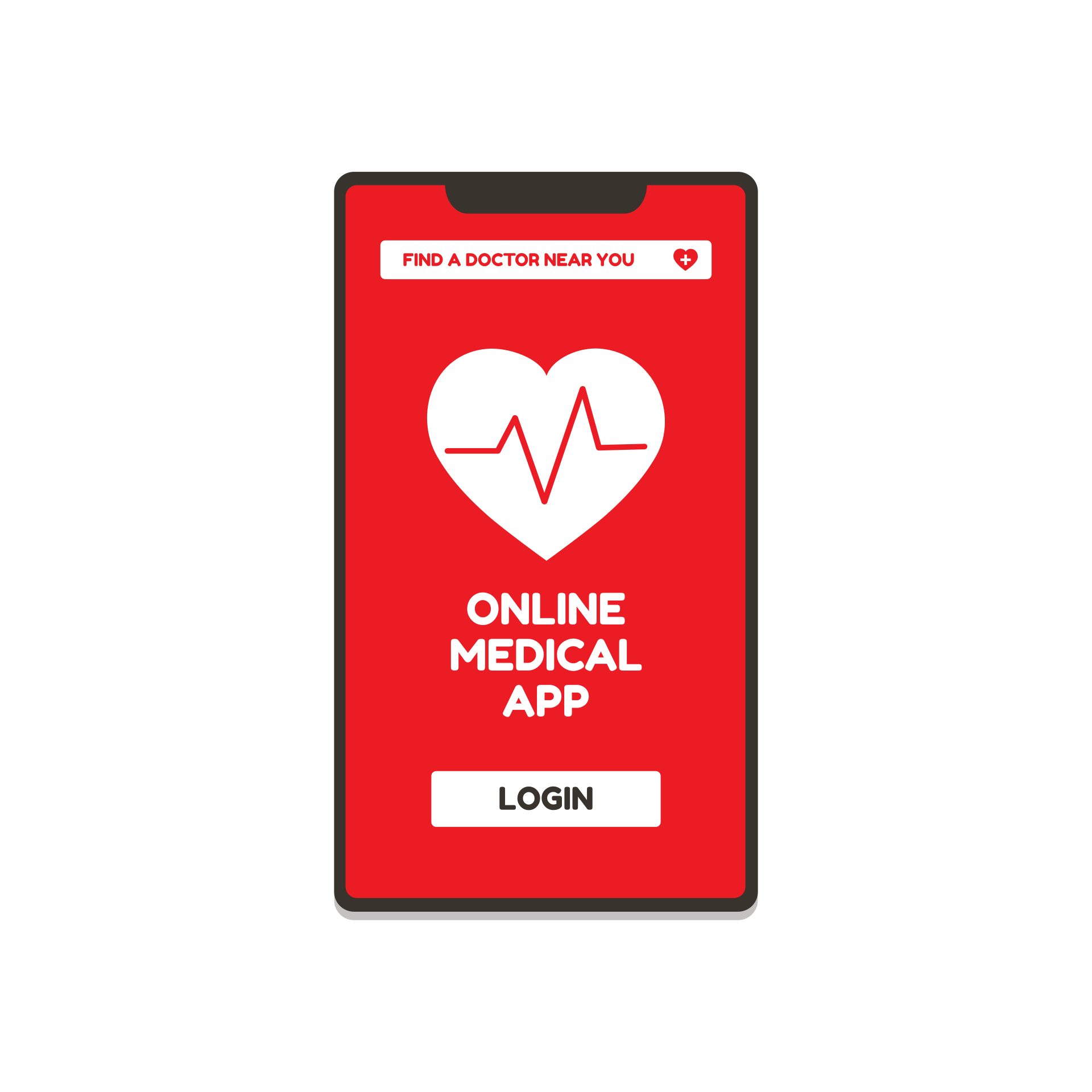
Humanity is in the middle of an information revolution. Recent technological advancements now let us push, pull, and act upon data more seamlessly than ever before. And it’s all thanks to the phenomenon known as the Internet of Things (IoT).
IoT development is the evolution of the Internet itself; by extending beyond the digital world and into our physical existence, it allows us to connect a variety of things in novel ways. Gone are the days of mobile and computing devices being relegated to only communication. With IoT, they can now monitor our health, track our location, learn our preferences, and adapt accordingly. And that’s really just the tip of the iceberg.
This technology is making an unprecedented impact on society. How we work, play, and live have already been drastically altered by IoT’s introduction into our lives. But this is just the beginning. As a result, it’s imperative to know what the future holds for IoT. Here are 4 trends we’ll see in 2020.
Healthcare Will Adopt IoT Even Faster
Visit any modern medical facility today, and you’ll likely find IoT deeply embedded into their operations. Whether it’s remote patient monitoring via health sensors and wearables or asset tracking systems to keep an eye on equipment, IoT is becoming ubiquitous in healthcare.

And it’s for good reason — IoT-powered medical applications not only optimize resources and save money, but they also improve patient outcomes. For example, some healthcare providers are employing “smart pills” (small ingestible IoT devices) to learn more about a medication’s effectiveness. In turn, this lets doctors fine-tune their decision-making and treatment plans for patients.
In 2020, expect to see the healthcare industry adopt IoT at an even faster rate. With the potential to cut costs, streamline operations, and enhance patient experiences, it’s easy to see why. As adoption reaches a mass scale, associated sectors like nursing homes and physical therapists will also begin to adopt IoT more in order to stay integrated and aligned with medical institutions.
AI Will Optimize the Use of IoT
As with previous years, 2020 will see steady growth of IoT sensors, cameras, and appliances in use. By 2025, the Internation Data Corporation expects this to culminate in over 41 billion connected devices generating a total of 80 zettabytes of data. That is an incredible amount of information!
The true value of IoT lies in the insights mined from data. But as more information is collected, humans will no longer be able to do the interpretation and analysis themselves. Whether it’s optimizing user experiences, reducing energy consumption, or making processes more efficient, artificial intelligence (AI) development will be needed to accomplish it in a reasonable amount of time.
Companies such as Seattle-based Amazon and Microsoft have been working on competing AI technologies for quite a while, and 2020 may finally be the year we see them duke it out for a stake in numerous industries. Expect to see the combination of AI and IoT drastically disrupt sectors like healthcare and trucking this year. Both of these industries have enormous, complex infrastructures that could benefit immensely from the integration of AI and IoT.
The Rise of Smart Office Devices
It’s no secret that the concept of a smart home helped IoT explode in popularity. Besides falling device prices, the promise of eco-friendly homes with unparalleled physical security systems has also driven this growth. After all, who doesn’t want to be able to lock their front doors and change their thermostats with the click of a button? By 2021, smart homes are expected to comprise 28% of households in the U.S.
But many of the benefits that IoT has brought to homes will no longer be exclusive to this domain. Eager to implement office automation, many businesses and firms will adopt IoT in 2020. Business owners can cut down energy consumption costs with smart lights and thermostats. They can also keep their employees safe with smart cameras and remote access locks.
With these advantages in mind, it makes complete sense that more companies will adopt IoT to make their offices more efficient. In fact, it’s a little shocking this hasn’t happened sooner.
Voice Activation Will Become More Mainstream
New voice activation applications are emerging for both businesses and consumer markets, so it’s no surprise that this technology will see substantial growth in 2020.
Voice recognition software has come a long way from its origins. It’s now much more accurate to the point that it can distinguish between individual users; the same device can even take queries from multiple users. It’s also a relatively cheap feature to incorporate; manufacturers only need microphone hardware to utilize it.

Since it’s versatile and easy to add on, expect to see this technology integrated into many more home and office gadgets in the coming new year. And as consumers become more comfortable with voice assistants in their home, this technology will begin finding its way into more work settings. Juniper Research anticipates 8 billion digital voice assistants to be in use by 2023.
The Future of IoT Is Here — Are You Ready?
With 2020 fast approaching, the IoT trends we’ve discussed in this article are right around the corner. Whether it’s your phone, home, local medical clinic, or office, IoT is about to be everywhere.
Which upcoming IoT trend are you looking forward to the most? And which one do you think will have the most impact on how humans live? Let us know your thoughts in the comments below!





